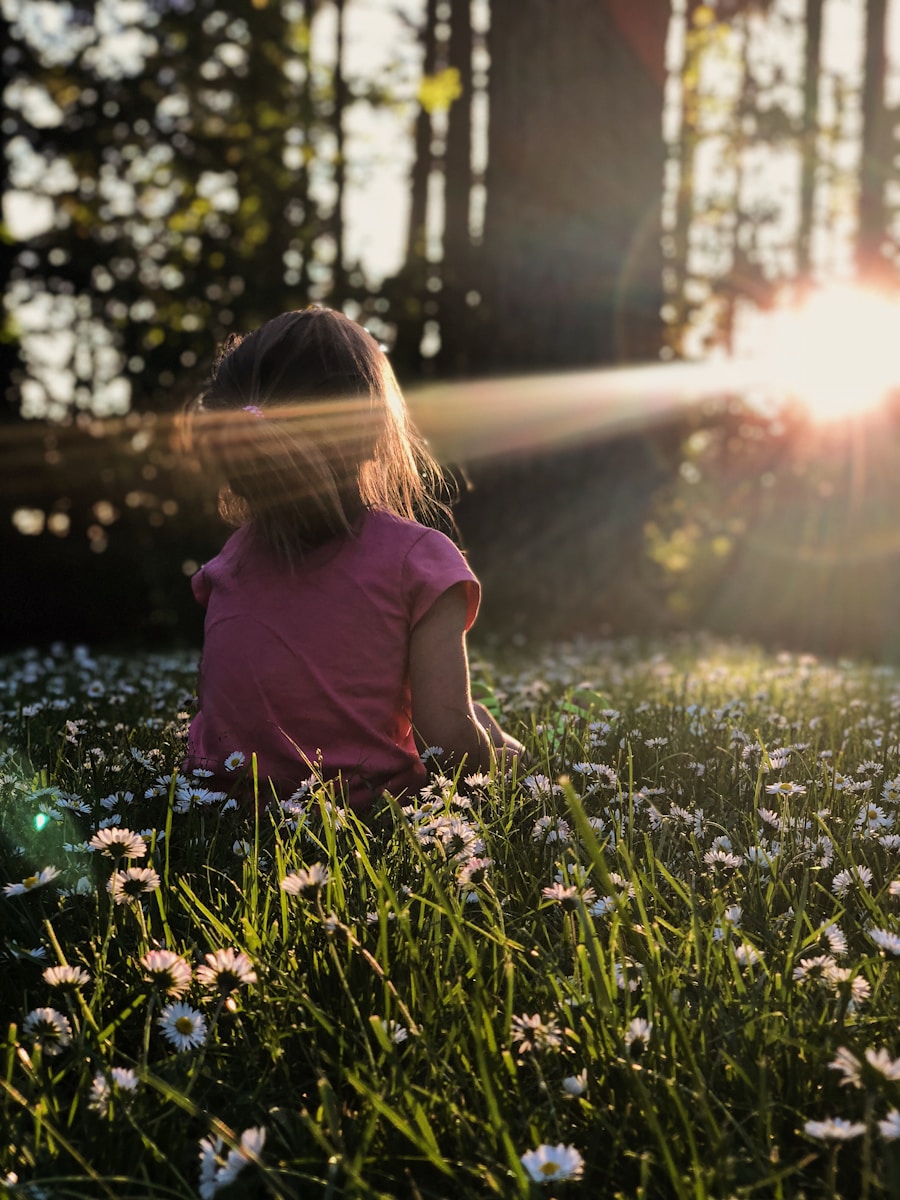Yoga is not just for adults. Little children can reap numerous benefits from practicing yoga as well. Engaging in yoga can be a delightful and enriching experience for young children. It contributes to their physical, mental, and emotional well-being. This article aims to explore the benefits of yoga for little children and provide an overview of some simple poses that are suitable for them.
Benefits of Yoga for Little Children
Yoga offers a comprehensive range of benefits for little children. From enhancing their physical health to promoting emotional balance, yoga can be a valuable addition to their daily routine.
Physical Benefits
Yoga helps in developing a child’s strength, flexibility, and coordination. These physical benefits are crucial for young children, who are constantly growing and developing. Here are some specific physical benefits:
- Improved Flexibility: Yoga poses stretch the muscles and promote flexibility, which can help in preventing injuries and improving overall physical performance.
- Strength Building: Many yoga poses require children to support their own body weight in different ways, thus building strength.
- Better Balance and Coordination: Yoga poses enhance balance and coordination, which are fundamental for many activities children engage in.
- Enhanced Body Awareness: Practicing yoga increases children’s awareness of their own bodies, helping them to understand how their muscles and joints work together.
Mental and Emotional Benefits
Beyond physical health, yoga also offers significant mental and emotional benefits for young children. It helps in stress reduction, emotional regulation, and cognitive development. Here are some ways yoga can benefit a child’s mental and emotional well-being:
- Stress Relief: Even children can experience stress from school or social situations, and yoga can provide a calming effect.
- Emotional Regulation: Yoga can teach children how to manage their emotions through breathing exercises and mindfulness practices.
- Improved Concentration: The focus required for balancing and holding poses can help improve a child’s concentration and attention span.
- Boosted Self-esteem: Successfully mastering a yoga pose can boost a child’s confidence and self-esteem.
Simple Yoga Poses for Little Children
When introducing yoga to little children, it’s essential to start with simple poses. Here are some beginner-friendly yoga poses that are suitable for young children.
Mountain Pose (Tadasana)
The Mountain Pose is a great way to start a yoga session. It is simple yet effective in teaching children about balance and posture.
- Stand with feet hip-width apart.
- Arms should be placed alongside the body.
- Encourage the child to stand tall and imagine they are a strong mountain.
Tree Pose (Vrksasana)
The Tree Pose can help children improve their balance while having fun.
- Start by standing in Mountain Pose.
- Shift weight to one foot and place the sole of the other foot on the inner thigh or calf (avoid the knee).
- Hands can be placed in prayer position or stretched above the head.
Downward-Facing Dog (Adho Mukha Svanasana)
The Downward-Facing Dog is a classic yoga pose that engages multiple muscle groups and is great for stretching.
- Begin on hands and knees, with hands shoulder-width apart and knees hip-width apart.
- Lift the hips up and back, straightening the legs and forming an inverted V-shape.
- Keep the arms and legs as straight as possible, and focus on pushing the heels towards the ground.
Cat-Cow Pose (Marjaryasana-Bitilasana)
The Cat-Cow Pose is excellent for warming up the spine and can be easily done by children.
- Start on hands and knees.
- For Cat Pose, arch the back like a cat and tuck in the chin.
- For Cow Pose, lower the belly and lift the head and tailbone.
- Alternate between Cat and Cow Pose.
Butterfly Pose (Baddha Konasana)
The Butterfly Pose is a simple seated pose that helps to open the hips and relax the mind.
- Sit with your feet together and knees bent out to the sides.
- Hold your feet with your hands.
- Flap your bent legs up and down like the wings of a butterfly.
Child’s Pose (Balasana)
The Child’s Pose is a relaxing pose that encourages children to take a break and reconnect with their breath.
- Start on hands and knees.
- Sit back on your heels and stretch your arms forward.
- Rest your forehead on the mat.
- Encourage deep, relaxing breaths while in this pose.
Tips for Practicing Yoga with Little Children
Practicing yoga with young children requires a gentle and playful approach. Here are some tips to make the experience enjoyable and effective:
- Use Storytelling: Turn the yoga session into a storytelling adventure where each pose represents a part of the story.
- Make it Fun: Use imaginative cues and playful language to make the poses enjoyable.
- Keep Sessions Short: Young children have shorter attention spans, so keep yoga sessions brief but frequent.
- Be Patient: Allow children to move at their own pace and offer gentle guidance.
- Set a Routine: Incorporate yoga into a daily routine to make it a habit.
Conclusion: Embracing Yoga for Little Children
Incorporating yoga into the lives of little children can lead to numerous benefits, both physically and mentally. It is a practice that can be tailored to their needs and developmental stages. Starting with simple poses and playful sessions can lay the foundation for a lifelong appreciation of yoga. Whether practiced at home or in a class, yoga can offer children a joyful and holistic way to enhance their well-being.
